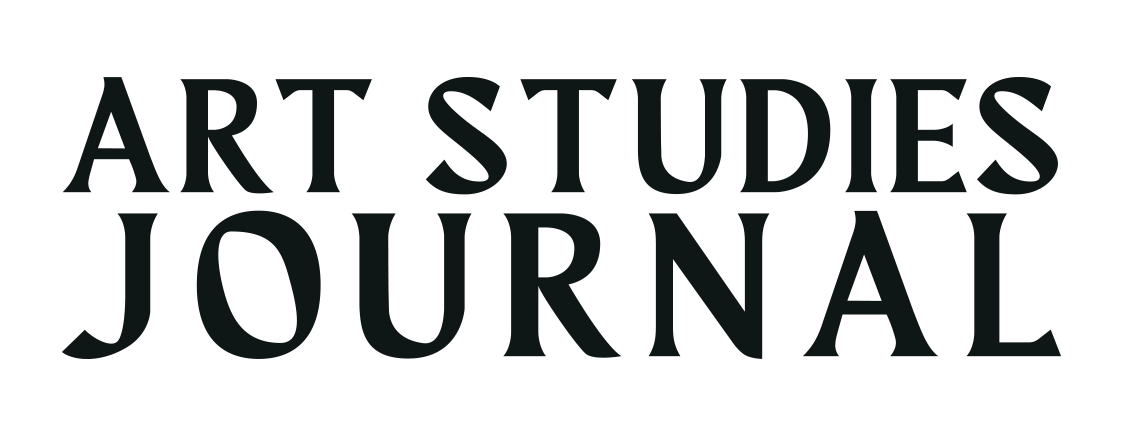The Art Studies Journal welcomes submissions on the role of digital technologies in art and cultural practices for its fourth volume. Recent scholarship offers various overarching descriptions for today’s era of social interconnectedness: “the datalogical turn,” “the networked age,” “algorithmic culture,” “automatic society,” and the “sharing economy” are but a few attempts to interpret the rapid datafication, algorithmization, externalization, and automation of all cultural practices. Digital technologies are increasingly being perceived as necessary for the machineries of creative economies and various artworlds, and harnessed across wider forms of cultural activity found in various institutions, platforms, and creative initiatives, broadly conceived. As Emanuele Arielli (2018) observes, a “consistent part of our everyday interactions with art and aesthetic artifacts occurs through digital media.” Despite this pervasiveness, the fact is that extant technologies remain digital and analog; many use analog technologies in conjunction with the digital, problematizing assumptions on linear progression from one to the other.
Advancements in digital technologies have dramatically redefined notions of time and space in relation to production, access, communication, and synthesis, at any time, any place, made possible with a single device. Digital and online platforms foster affective and participatory co-creation and communities; allow scholars to compile and analyze massive data in the public domain to create useful visualizations for research; and help artists in creating new mediums which allow innovative artmaking and further modification with digital and online software. Curatorial initiatives, archival practices, and heritage work are enhanced with digital preservation, restoration, and accessibility. Working together, data scientists, developers, artists, and designers cross disciplinary boundaries and in turn complicate traditional distinctions of knowledge and practice. These are a few examples of technology-assisted artmaking that are produced with human imagination and labor that are recognized, credited, compensated, and thus valued.
However, the same platforms also heighten anxieties over privacy loss, ecological concerns, and the theft of creative labor without consent nor compensation. As generative artificial intelligence platforms and massive datasets used to train them are monopolised by conglomerates in the industrialised West, they are built by invisible or unseen creative labor oftentimes outsourced to low-income economies, including the Philippines. Remote, subcontracted creativity and what the tech world calls “crowdwork” power the digital and AI tools that we use. Works of art are shaped and transformed by an awareness of an elusive algorithm that is also centered on human behavior. Creative labor, bodies, faces, voices, even gestures are fragmented, extracted, and reduced to profitable data in what Couldry and Mejias (2018) call the neocolonial data regime.
Considered as disruptors, these technologies excite as they unsettle, as they reinforce unevenness in society while promising revolutionary modes and sites for creativity and collaboration. Recognizing the double-edged role of digital technologies in art and cultural practices, the fourth volume of the Art Studies Journal invites research and other forms of submission that explore productive avenues afforded by these technologies and those that seek to interrogate them, with specific emphasis on contexts that implicate the Philippines or Asia.
Topics that contributors might consider submitting on include (but are not limited to):
- Digital and online law, ethics, regulation, and authorship in the context of art practices
- Modes of art creation with digital, mobile, and smart tools
- Emerging developments in intermediality, transmediality, and multisensory media in art;
- Conceptual positionings surrounding technology in the arts, e.g., notion of the “new” in new media, analog vis-a-vis digital, time-space compression
- Aesthetics and cultural hybridization in digital media
- Applications and discourses on digital technologies in institutions and art education
- Perspectives on digital humanities and their applications
- Participatory and transboundary digital cultures, affective networks, online kinship, and digital fandoms
- Feminist, queer, indigenous, and alternative perspectives on and approaches to data studies
- Algorithmic mediations and tastemaking in the digital age
- Discourses on Generative Artificial Intelligence (Gen AI) and machine-learning-based (ML-based) image, text, output generation in the context of art
- Artmaking using digital technologies with components of “play”, interactivity, and immersion
- Discourses on gender, identities, and body in relation to the digital
- Art, creative labor, and digital and online economies
The fourth volume is guest edited by Asst. Prof. Szusza Anne T. Velasco of the Department of Art Studies.
Please refer to the guidelines on submission here.
The journal does not accept previously published material. Undergraduate papers are welcome. For detailed submission guidelines, please check the Guidelines page in this website.
Deadline for submissions is on 31 July 2025 has been extended to 24 October 2025.


